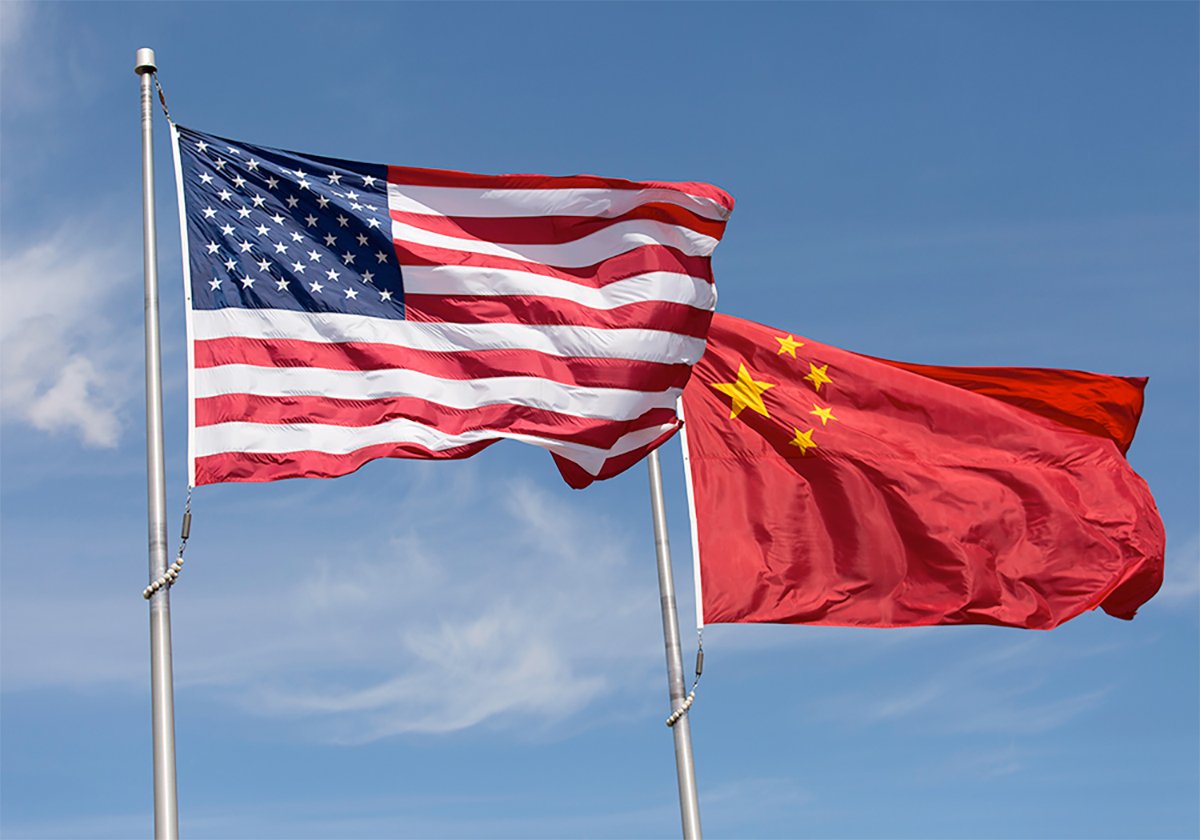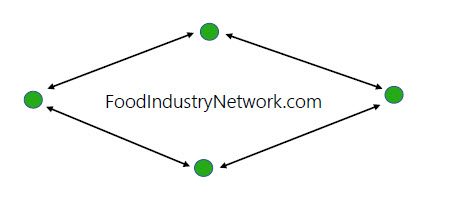Potential benefits from U.S. maritime executive order

SASKATOON — Canadian farmers and exporters could greatly benefit from one of Donald Trump’s latest executive orders.
The President of the United States signed the Restoring America’s Maritime Dominance executive order on April 9.
The goal of the order is to resurrect the moribund U.S. shipbuilding industry.
Read Also


Who is likely to win a trade war between the U.S., China?
China’s slumping economy might not be able to withstand a prolonged trade war with the United States, according to an analyst.
A fact sheet accompanying the order says 0.2 per cent of the world’s ships are built by the U.S., compared to 74 per cent built by China.
Among other things, the order pledges support for the “actions, if any,” that the U.S. Trade Representative (USTR) takes in response to its investigation of China’s dominance of the shipbuilding industry.
The USTR has proposed numerous remedies, including fees that could top $3 million per U.S. port call for Chinese-built or -flagged vessels.
Wade Sobkowich, executive director of the Western Grain Elevator Association, said that would be a godsend for Canadian agri-food exporters.
“It’s a very thin margin business, so anything that adds cost to a competitor stands to put Canada in a better position competitively,” he said.
Canada competes head-to-head with the U.S. in many overseas markets, especially for a crop like wheat.
“A mill in Indonesia might buy from both Canada and the U.S. and blend it together so that they can meet the quality characteristics that they’re looking for,” he said.
“They might still buy from the U.S. but maybe buy more from Canada if we’re able to be more competitive.”
But that’s a big “if,” said Sobkowich. He has seen too much policy flip-flopping by the Trump administration to put too much faith in what the USTR eventually decides.
The USTR is still reviewing comments it received on its proposed actions before deciding how it wants to proceed.
Reuters is reporting that the White House and the USTR are considering softening the proposed fees after receiving negative feedback from exporters and importers.
“Among the changes under consideration are delayed implementation and new fee structures designed to reduce the overall cost to visiting Chinese vessels, according to six sources with knowledge of the matter,” stated Reuters
Mark Hemmes, president of Quorum Corporation, said the impact on Canadian exporters will greatly depend on what the final U.S. fee structure is and the type of ship being used.
He thinks U.S. exporters that rely on bulk vessels might be able to dodge the fees. They could convince a shipowner who owns 10 Chinese vessels and another 10 made in other countries to send the non-Chinese built vessels to the U.S. ports.
That won’t be feasible if they rely on container ships, because 96 per cent of those are built in China, according to the fact sheet.
“It’s going to affect containers a lot more than it would the bulk side,” said Hemmes.
Reuters said the USTR is considering charging fees that are adjusted based on the number of Chinese-built ships in a company’s fleet, so lower fees for companies with fewer Chinese ships.
It is also mulling charging based on tonnage rather than a flat fee, so smaller ships would face lower fees than larger ships.
“That might ease the burden on ship owners with smaller vessels involved in niche trades such as transporting grains or other commodities,” stated the Reuters story.
Hemmes agrees with Sobkowich that the USTR’s actions have the potential to make Canada’s grain more competitive in overseas markets, depending on how it all plays out.
Or they could just drive-up ocean freight rates for everybody by forcing shipowners to reschedule ships and juggle trade routes.
Either way those actions will hurt U.S. shippers.
“The economist in me keeps scratching my head saying, ‘what is the end game here?’” he said.
“This is a wholesale silly approach.”
Peter Friedmann, executive director of the Agriculture Transportation Coalition, which calls itself “the principal voice” of U.S. agricultural exporters, said the USTR’s proposals will force his member companies to consider alternative routes for getting their commodities to market.
“We will ship more of our grain by train right up to Vancouver or out to Halifax or up to Prince Rupert and then you get a Chinese-built ship that will come in and take it from those ports,” he said during a panel discussion at the U.S. Department of Agriculture’s Agricultural Outlook Forum 2025.
Hemmes believes there is an “extremely low chance” of that happening because Canada’s transportation system is already struggling to move Canadian grain, which could result in high levels of crop carryout in 2024-25.
Sobkowich said Canada’s facilities and transportation corridors are fully utilized.
“It’s not as simple as there being available capacity on demand for U.S. exporters and importers,” he said.
Grain companies operating in Canada have an integrated system comprised of country elevator networks, service contracts with railways and port terminals.
Most importantly, they have sales on the books and would be reluctant to book new business with U.S. grain companies that would disrupt that flow.
“They still need to be able to execute on existing sales because the costs of not doing so are so great,” said Sobkowich.
The USTR said it should have a final decision on remedies in the coming weeks.
Contact sean.pratt@producer.com
Source: www.producer.com


